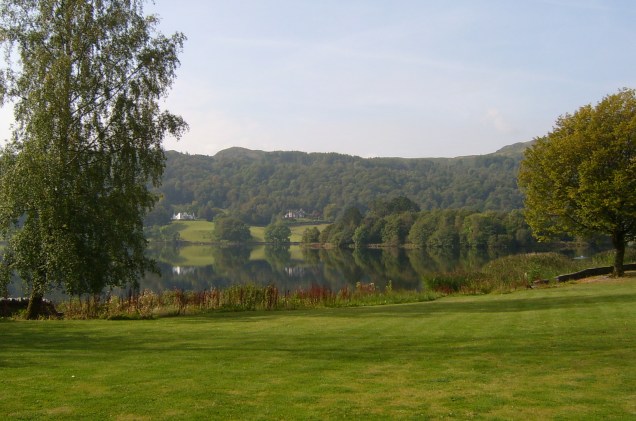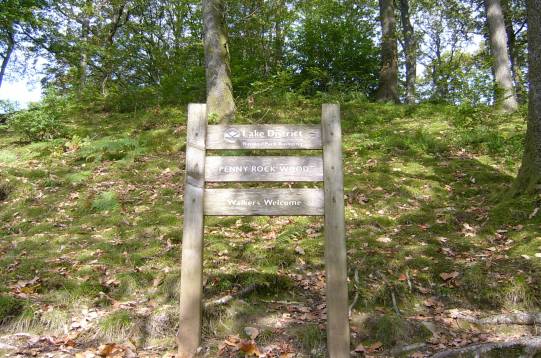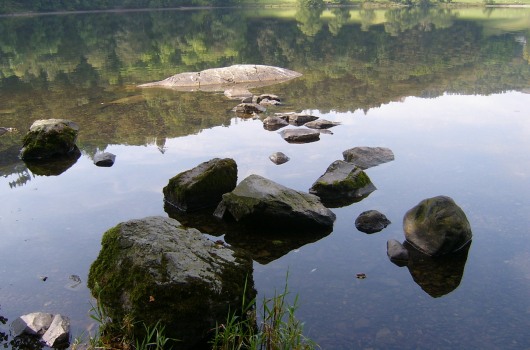Here in the UK we are into week 5 of lock down. People are responding to the situation in different ways. Some are coping well and are adjusting to a slower and simpler temporary life; others are struggling with confinement and uncertainty about when things will change. I’m naturally a homebody and enjoy my own company, so thankfully I’m doing OK; though I am starting to lose track of what day it is and doubt I am alone in that. Sadly, there are no rural amblings to be had close to my home so I can’t show you any verdant spring scenes. I’m sure I’ll be itching to get out when restrictions are lifted, but as that could be some time off I thought I’d write a little retro travel post without having to leave the house.
Though not intentionally or philosophically a minimalist, I appear to own less stuff than most people I know and I tend only to have things that I actually use or am really fond of. In the second category is Montmarte Cat who sits on a shelf in the kitchen. I bought this ceramic feline about five years ago from my favourite part of Paris.

Montmartre is well known as the artists’ quarter of the French capital, a bustling and lively place with lots of winding cobbled streets, cafes, artists and little studios. Montmartre is actually the name of the hill but it incorporates the district which has grown up around it.



Walking around admiring street artists’ work is to be taken much more seriously than here in England. Stand too long in admiration and it’s assumed you have entered into an unspoken commercial contract to purchase the watercolour you have been ogling for the last seven minutes, or to pose for the portrait painter whom you have naively made eye contact with. Once those bristles hit that canvas there’s only one honourable outcome unless you want to make your escape, chastened and shamed, as the offended artist shouts insults after you. Just keep moving unless you want to buy, and enjoy the wonderful energy of the village.

Moulin Rouge is a just a short walk away but I haven’t been tempted. One of my two favourite views of the city can be savoured from the Basilica of Sacre Coeur which sits atop Montmartre (the other favourite view, perhaps unsurprisingly, being from the top of the Eiffel Tower).


Each time I have visited has been a warm and bright day, perfect for buying a freshly made baguette and walking up the steps of Sacre Coeur to sit and enjoy the sprawling metropolis below.

Of course, there are the usual hawkers and pick-pockets and opportunists who can spot tourists a mile off; it’s a slice of life. There are also souvenir shops selling tat to those of us who can’t resist – my personal weakness is fridge magnets. Bill Bryson once admitted to the same (tat, not especially fridge magnets) so there’s no shame in it. Excellent coffee or a green fairy will soon have you feeling more sophisticated again.

On my last visit five years ago I came across this gorgeous little ceramics studio.


The items on display outside were, understandably, glued in place but I was still impressed that they remained intact. I knew I was going to buy something…



Not the handrail, though it was exquisitely painted.

Inside the tiny gallery there was a collection of cats in white and a rich olive green, singular and paired, reclining, sleeping, stretching, serious or smiling. One looked very pleased with himself, contented and lazy as cats should be, and as he has been since, on my kitchen shelf.
Keep smiling too! Planes will once again fly, ships will sail and adventures are awaiting.


























